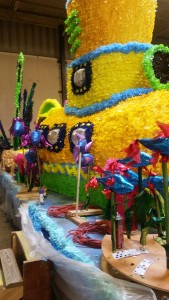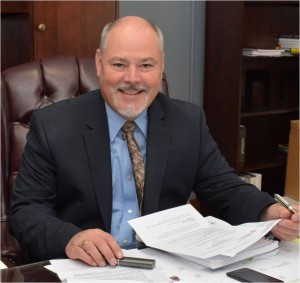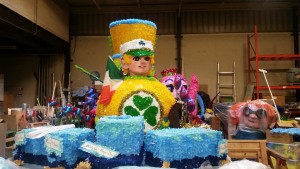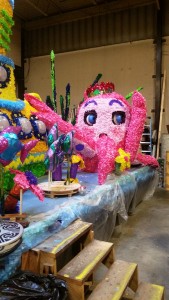WESTFIELD—Although the weather doesn’t feel like it, the St. Patrick’s Day parade is upon us. And with the parade comes marching bands, colleens and of course, floats.
The Sons of Erin and other contingents from Westfield will once again be participating in the St. Patrick’s Day Parade in Holyoke this year, which happens on Sunday, March 19. Participants will include politicians, members of the Sons of Erin, marching bands from local schools and a mechanical float, which is bound to catch the eye of children and adults alike.
Those marching in the parade from Westfield will include elected officials Rep. John Velis and Mayor Brian Sullivan. For the Sons of Erin of Westfield, representation will include this year’s parade marshal John Greaney, Irish Man of the year Patrick Sullivan, Irish Woman of the Year Kerri Tymeson and the Billy Buzzee St. Pat on the Back Award winner Thomas Kane, Sr., as well as 2017 Colleen Ashley Day and her court of Katie Knapik, Caitlin Blanchard, Hannah Baker and Fiona Cioch.
“It may be a cliché but winning the colleen is a dream come true for me,” Day said. “I’m excited to be a part of the parade. It’s something I grew up watching.”
In fact, all told the parade is set to feature nearly 100 people from Westfield, according to the Sons of Erin parade organizer Karen Casey.
As for the float, this year’s entrant in the parade is an underwater-themed construction. The float will have a periscope eyeball that raises and lowers, an octopus who looks back and forth at the crowd, a propeller that spins on a submarine, fish, sunken treasure and even a spot for the colleens to sit up front.
All told, the work put into the float was impressive.
“This year we put in close to 800 man hours of work, including working at home,” Mark Hanrahan, the man who heads the Sons of Erin Float Committee, said.
Sullivan said that the design for the float was an inspiration that was drawn from a 2013 Rose Parade Float in Pasadena, California. It is similar to the float created by the City of Burbank during that parade, but according to Sullivan it was created at just a fraction of the cost.
“It can cost $200,000 to $600,000 for floats made by companies,” Hanrahan said. “This year ours cost just under $3,100.”
And this lower cost is due to the amount of volunteer work that goes into the floats. Hanrahan said that just about every piece of construction is done by volunteers. If it is an animation on the float, then “mechanical wizard” Mike Conroy makes it happen; if it needs an artistic touch then Denise Quinn makes the visual style happen.
Other volunteers also help, using the variety of mostly-recycled supplies to bring the vision to reality. According to Hanrahan, the biggest cost is actually the artificial foil leaves and flowers on the float. This year, those cost the committee around $2,000.
Hanrahan said that most of the rest of the items, whether it is wood, PVC piping or even screws, comes from old floats that were deconstructed and their parts saved. Even old papier mache components from previous floats can be used, like a pair of butterfly wings being repurposed as a pair of elephant ears.
And for Hanrahan, regardless of if the float wins any awards during the judging process of the parade, what matters most are the children.
“It’s a community thing, we tapped into doing it for the kids,” he said.





